QuestionWe have 4 Green Tiger barbs - 3 of which have a little bright red on all their fins and one smaller one with red on side fins and a little on rear fin but none on the dorsal fin. How can you tell their sex? Today I noticed 2 of them going nose to nose and spinning around really fast, a different one will break it up and then those same 2 start again, why? We have 4 tinfoil barbs, 3 of which have red on rear fins and then 1 without any red anywhere? How can you tell what sex they are? By the way both the barbs that are missing the red hide in the back of the tank and rarely come out to swim with their own kind. Do you know why? My son is eight and he is even more curious that I am to know these answers. They were his B-day present.
AnswerWild Tiger barbs are very prolific and will usually become sexually mature when it reaches a length of 1.2 inches, and this will typically happen when the fish is around seven weeks old - Granted that it's kept in stress free conditions including the proper sized tank.
Sexing Tiger barbs is not very hard, since the female Tiger barb is larger than the male and has a rounder belly. The males have a very red nose, and above the black part of his dorsal fin you can see a red line. The dorsal fin on females are mainly black.
If you want to breed freshwater Tiger barbs in captivity, the best method is to keep a shoal (about 6 females to one male) of Tiger barbs together and let them form their own pairs. It can be a good idea to set up a separate breeding aquarium since Tiger barbs eat eggs and sometimes hatchlings, so removing the adults after the eggs have been layed is definitely recommended.
As for the shy barbs, I guarantee you that if you dim the lighting a bit and add a lot more hiding places they will come out. You should do some research on where tiger barbs come from to see what their natural habitat is like so you can match your tank as closely as possible to create a stress free environment for longer living, happier fish.

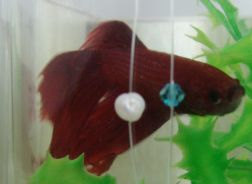 Betta Fish Dorsal Fin is disappearing
QuestionQUESTION: What could be wrong with my bettas do
Betta Fish Dorsal Fin is disappearing
QuestionQUESTION: What could be wrong with my bettas do
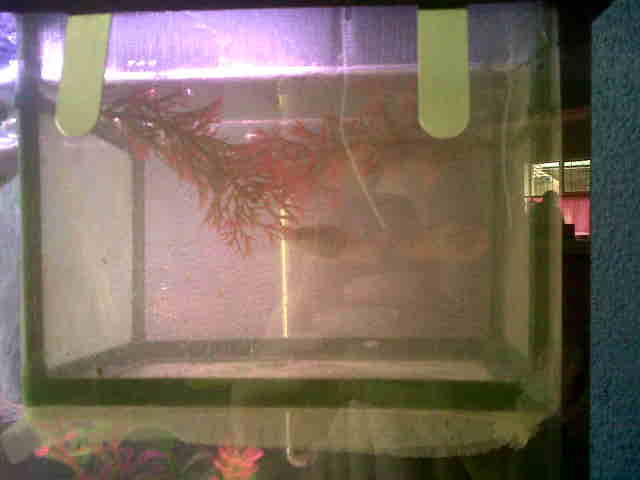 are my mollie about to drop fry?
QuestionQUESTION: Hello all, hope youre doing good ;-)m
are my mollie about to drop fry?
QuestionQUESTION: Hello all, hope youre doing good ;-)m
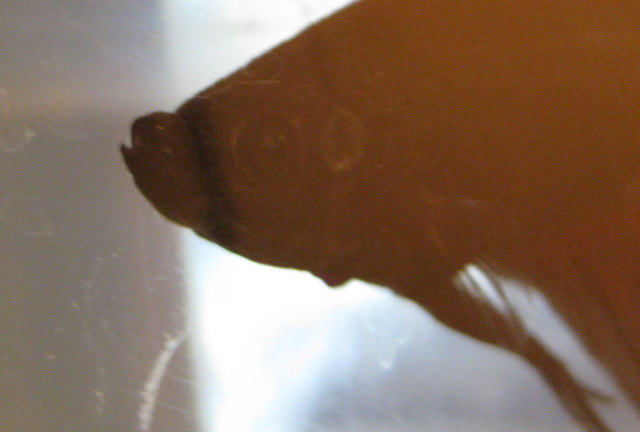 Betta cannot eat
Questionbetta
QUESTION: Hi,
I have a Betta, 2.5
Betta cannot eat
Questionbetta
QUESTION: Hi,
I have a Betta, 2.5
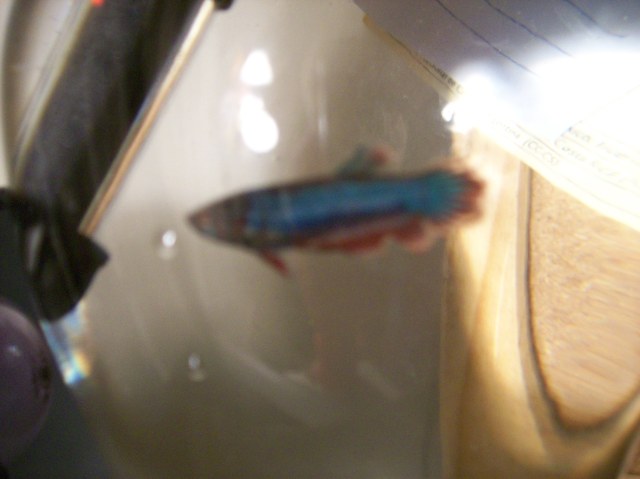 Bluebelle the Betta Fish
QuestionBluebelle the Betta fi
QUESTION: Dear Ly
Bluebelle the Betta Fish
QuestionBluebelle the Betta fi
QUESTION: Dear Ly
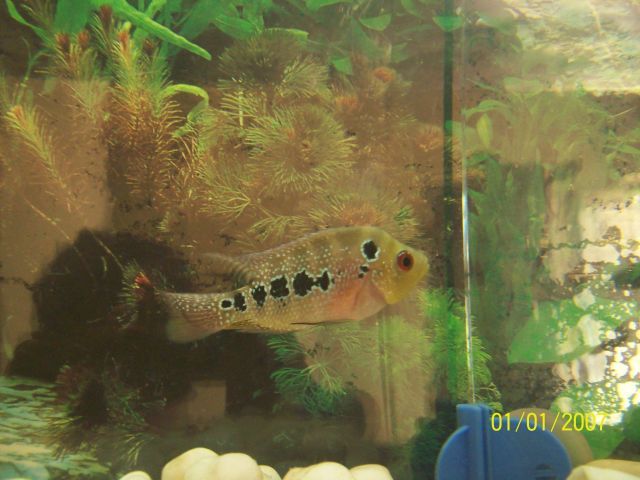 FH
QuestionFH
QUESTION: Question
my flower horn
IS
FH
QuestionFH
QUESTION: Question
my flower horn
IS